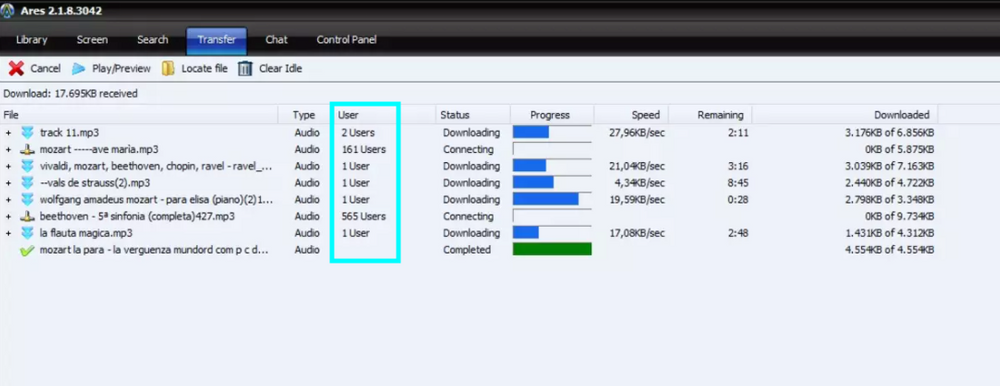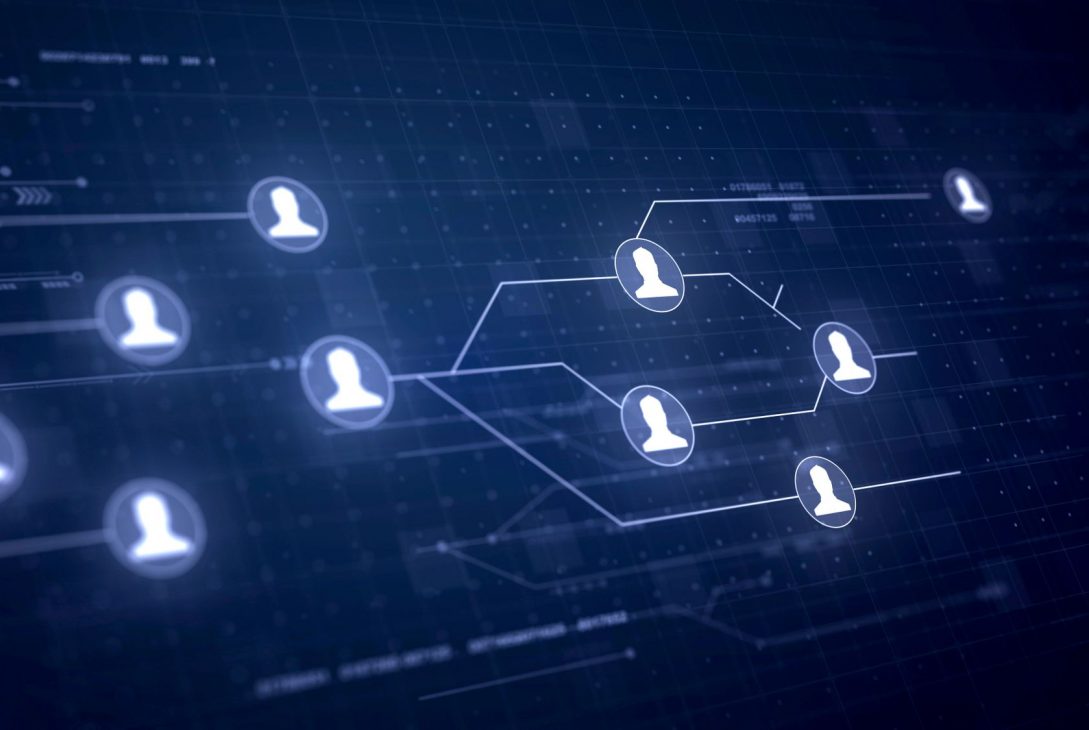In a world where the way we use the internet allows us to be hyperconnected, generating and sharing information at all times, it is a priority to have an idea of how and when the next evolution of the internet could be and to know if we are prepared for it.
To get into context a bit, we would have to confirm what we know about the internet and understand how it has been changing by being first-person participants in its evolution.
Web 1.0: The simplest way to describe this stage of the internet is to refer to it as a one-way street; that is, users could only consume the information and there was no possibility of generating any interaction. Additionally, the existing web pages lacked an attractive and tasteful look and feel, they were very simple. This while the nineties were passing, where the internet began to be better known and have more reach.
Web 2.0: By the 2000s, an internet revolution began because it became a collaborative tool; that is to say, of great exchange of information, it is no longer just a space to read content, but now it is possible to share it and oneself begins to generate it, which decentralizes communication and the way we interact no matter where we were, suddenly everything it became closer with the appearance of social networks, forums, blogs and other platforms that allowed this to happen.
Taking into account the two types of websites and the substantial difference between them, there is a fundamental aspect in which both coincide, which is the centralization of information, because although there has been a revolution in the way we interact, all the information we share on Facebook, Instagram and WhatsApp it travels to the servers of Zuckerberg’s company, is processed and then reaches its final destination. Something that could change with Web 3.0, since its basic principle is that it be totally the opposite: Being decentralized.
In this infographic prepared by Statista based on the analysis carried out by Clario Tech, we can clearly see what we are talking about:

According to the table and the use that we all know Facebook gives to this data, the idea of a Web 3.0 arises that allows information to be decentralized, seeking that there are no more company servers as intermediaries in the flow, but that each computer is a server and the message travels directly to its final destination, which allows users to own their data, never better said, so they can decide whether to share and monetize it if they want.
In order to achieve Web 3.0, we want to take the principles of the Blockchain system or chain of blocks, which is a data transfer system that travels through multiple nodes or independent servers (any computer with the appropriate software) that register and they validate the information when it leaves one node and enters another without intermediaries (as an accounting book of income and expenses). This information will remain on the network without being altered in any way. It is immutable. This same principle that now works with cryptocurrencies is intended to be used for the new Web 3.0
While the term Blockchain may sound a bit unfamiliar and a home computer being a server may be a bit fuzzy, we could take for example the music download programs we used to use like Kazaa and Ares, or Vuze for torrenting or small transfers. portions of a main file located on multiple computers that have such programs installed.
Let’s graph the example looking at this picture of Ares that surely is familiar to you:

Ok, it’s a list of downloads with different information, but let’s take as an example the file that is in the second row: mozart —-ave maria-mp3, to download that mp3, the program is using 161 users, nodes or computers that have a copy of the file and are anywhere in the world (that also have Ares installed); that is to say, they are like miniservers from where information is extracted, and the same happens with the rest of the files until the download is completed, it happens with the file in the last row.
Clearly the solution is much more complex and technical, but the previous example gives us an idea of what a decentralized server could be like and how it is that if one node stops working, all the others are there so as not to cut off the transfer of information or cut off the internet for certain programs, as happened recently with Facebook.
If we dig a little deeper, we could imagine how to monetize with that data transfer. For example, it occurs to me that since Facebook cannot share our information because it is no longer on their servers, the companies that need it to carry out their marketing and content strategies will create software like Vuze that users will install so that they can transfer their tastes and preferences in exchange for an incentive.
Now, although there will no longer be central servers and the data will be hosted on the nodes, will our personal information also be on computers around the world? I don’t think anyone wants their personal data to be on thousands of computers around the world. For this, perhaps one of the solutions is the Wallet or virtual wallets, which as such, not only contain money, but could also contain our “documents”. Therefore, each one of us will have their own and unrepeatable Wallet, surely with Bitcoins or Ethereums in addition to personal data as we currently have in the physical wallet.
In the same way, innumerable questions will arise until Web 3.0 is defined, but what perhaps stands out the most is knowing if there will not be any corporation or entity that proposes some type of regulation to keep things as they are. How we will recognize Trusted Wallets and how secure our data will be within them; if my laptop will become a server, it won’t be easy to hack. Security is vital. Finally, will the internet speed increase?
And you do you think? Do you think that this new era of knowledge will be as revolutionary as web 2.0 has been or as the discovery of the internet itself?
Thanks for reading and sharing!
#aplicaciones #blockchain #development #metaverso #nft #web3.0
Last modified: February 9, 2022

